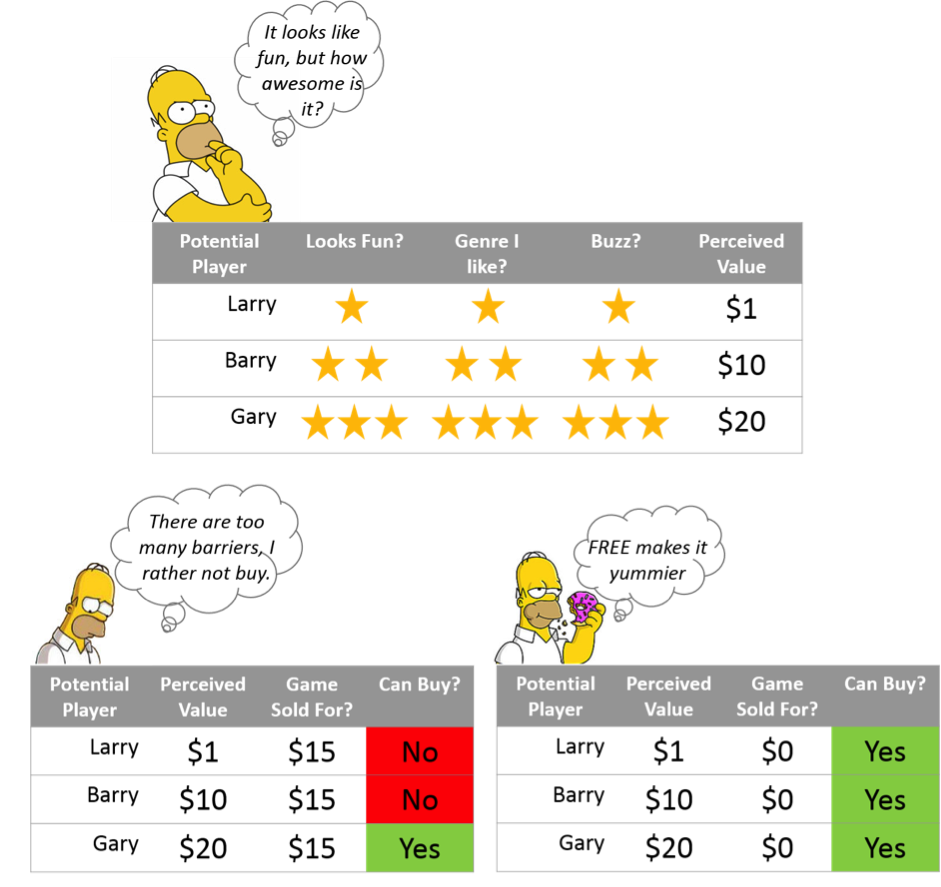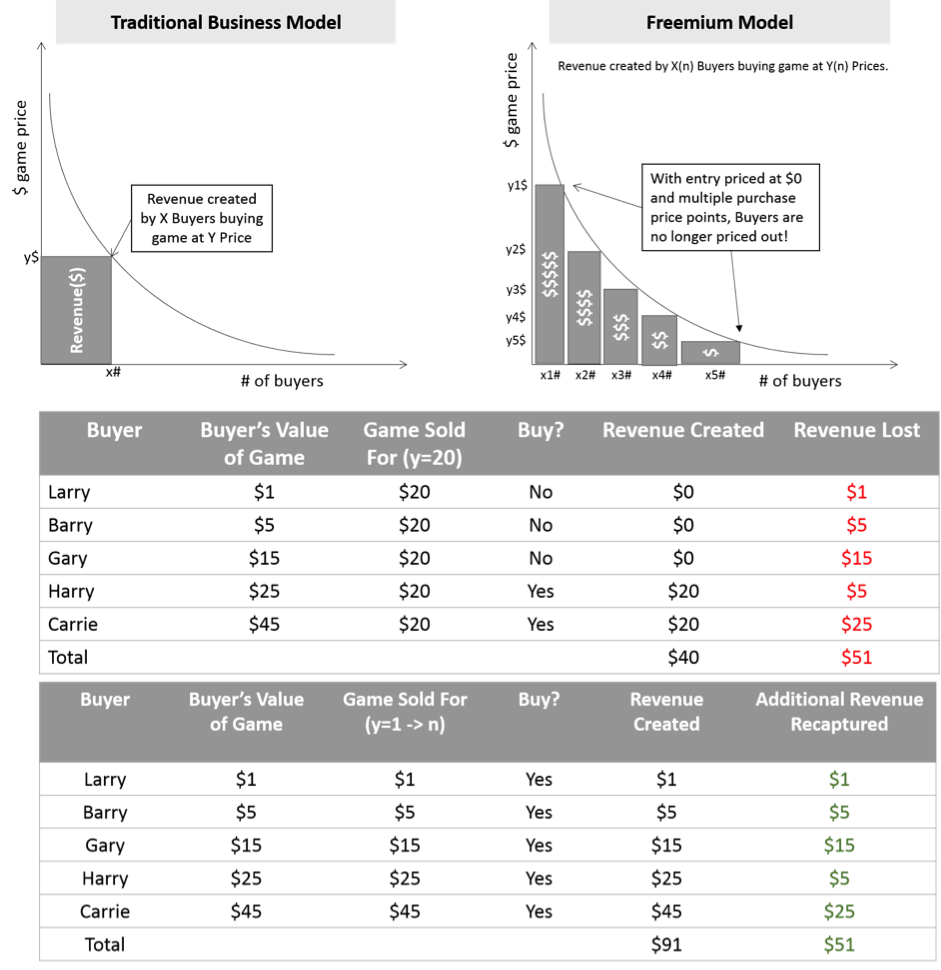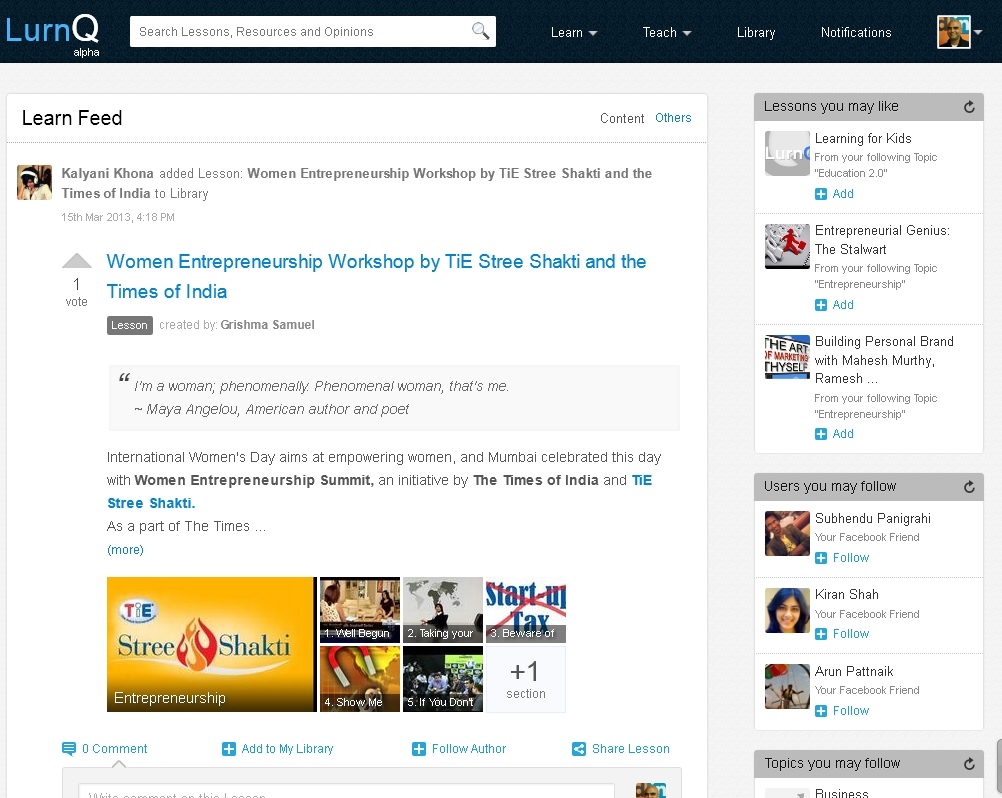Nobody in India buys software.
If the above sentence draws your attention, read on! If you are based out of India, think of the last time you bought software (yes packaged products). Now think of all your friends and guess when they bought software. Now, here’s the clincher, “When was the last time you bought software made in India?”. 99% of the people, irrespective of their socio-economic status will respond in the negative. 
Product evangelists will now talk about the cloud/SaaS and the subscription economy, and how it is the great leveler when it comes to software products. As an entrepreneur selling a SaaS software in India, let me be the first to tell you that it is really hard work. Most entrepreneurs have told me that the Indian customer is price sensitive, I say, a majority of them are insensitive. Now don’t get me wrong. I don’t wish to rant. I am trying to catalog and present reasons why selling SaaS software is hard. Here’s what I think it is:
Let’s talk a little bit about the Indian software market
In the last two decades, India has seen two revolutions which helped create a large software market. Firstly, the economic deregulation in the 90s which enabled a steady growth of the economy, disposable income and import of technology. Secondly, the telecom, and subsequently the PC and mobile revolution that has created a (supposedly) large software consumption market. PCs, Laptops and tablets are now commonplace in Urban and Semi-urban India and the latest numbers indicate 15 Million broadband and about 100 Million mobile internet users. A look at these gargantuan numbers and you might begin to assume a large consumption market, but to give you a sense of reality, let me ask you the same question one of my mentors asked me – “Name 5 large Indian software product brands selling in the Indian market”
Enterprise software is probably your best bet
If you are selling software, the enterprise market is probably your best bet. Bharat Goenka, co-founder of Tally solutions, said that “In developed economies, SMBs act like enterprises and in emerging economies, SMBs act like consumers“[2]. Many of our customers are SMBs who are looking to use technology to grow some component of their business. And most of the times, we don’t deal with the company, but with empowered employees. The ones who have a budget at their disposal and are forward looking in their outlook. What we found was that the same stigma that existed in the 70s and 80s in the US software markets exists in the Indian SME customers of today. A lot of them look at software as something that will displace them in the organization and are extremely defensive in the matters of adoption. But we all know how that worked out in the US and UK markets and I am hoping India follows a similar trend.
Oh wow! I never knew you could do this
A lot of people we have met have been genuinely surprised at what our product does. It’s tough to manage these customers because we spend a lot of our acquisition time on sensitizing them about the problem before we present the solution. Even if you are doing something radically new, it is easier to bucket yourself into a genre that is popular and accepted. For example, we are a customer conversations player, but it helps if we refer to ourselves as a Social CRM or a marketing insights product. Ignorance about a genre of products has a big pitfall – customers don’t know how much to pay for the solution. This is really tricky because it usually leads to a customer deliberating on paying for the solution.
“But we can do this for free on Google”
Freemium is both a good and bad thing. Almost every customer of ours expects a free trial for a few days. In the products eco-system it’s become a norm, but a lot of productized service companies I know have been asked for a free trial on bespoke software. Most users don’t understand the price they are paying when using services like Google or Facebook and usually expect the same when we tell them about our “use on the browser” service. Usually this means we have to get into a lengthy explanation about why our product costs so much. The best experience I have had was when a customer, who understood the online advertising economy, asked us if he could use an ad supported model of our service for free!
Freemium might be a viable option early on but when looking at growth and scale, I don’t believe freemium is a sustainable economic model. It is a marketing tactic at best!
“muHive crack codes”
One morning, while peering through our website analytics, we were surprised to find a search keyword “muHive crack codes” in the list. This was a good and a bad thing: good because some customer actually found our service good enough to look for a cracked edition, and bad because we knew this customer wouldn’t pay. And yes, if it’s crack worthy, then it is probably good software – that’s the Indian psyche. Industry estimates put the total value of pirated software used in India to be upwards of $50 Billion[3]. Why won’t we pay for software? That’s a long post in itself, but to be brief: piracy was not controlled in the early days of the PC revolution and hence the assumption that software is free. Also, cost of software has always been calculated based on the affordability and costs in developed markets. To illustrate my point, I will end this section with a question – If Microsoft Windows were to cost Rs 1000 instead of $149 (Rs 9000) would the piracy numbers be different?
The pricing slope
Researchers put the Indian middle class at earning $10/day or roughly $300/month. To give you an estimate of why this matters, the urban poverty line stands at $14/month – yes, a month. The Indian middle class is about 100 million people and $300 per month usually supports 2 to 3 people on an average. Now when you think in these terms, you can imagine what the cost of ownership of a $149 software sounds like. Add the fact that software is a non-tangible artifact and you understand why Indian customers are extremely cautious when it comes to software purchases.
Even with enterprise customers, your pricing strategy has to be “just right”. And you have to account for discounts. A majority of the Indian customers we meet ask for some form of special pricing. Now, this might not be a trait which is unique to the Indian market, but understanding the cultural and economic context of the demographic becomes very essential when it comes to pricing. Marketers talk about using tricks like prepaid accounts (India has a large prepaid mobile subscriber base), daily subscription and data based pricing but all of them have the underlying assumption that the customer is willing to pay and understands the cost of the solution.
In conclusion
All these are what we have found to be the issues with selling software in India. Even though we have good answers to some of the questions our customers pose, in my opinion, it will still take a long time for the Indian software buyer to evolve and for good product companies to make a mark. Rather than end on a dismal note, I will now list down what actually seems to be working for us, and also some insights from other producteers.
– Customer don’t mind paying for bundled software. Hardware, especially mobiles and tablets might actually help in software sales.
– Customers will pay for immediate utility. What someone referred to as “First order business” solutions; meaning something that can make them more money instantly. Example: Email and SMS marketing solutions. Customers don’t mind paying for advertising and reach.
– Customers usually pay when they feel they are missing out on revenue or an opportunity. A loss averse technique to selling is what we have seen work best.
References:











